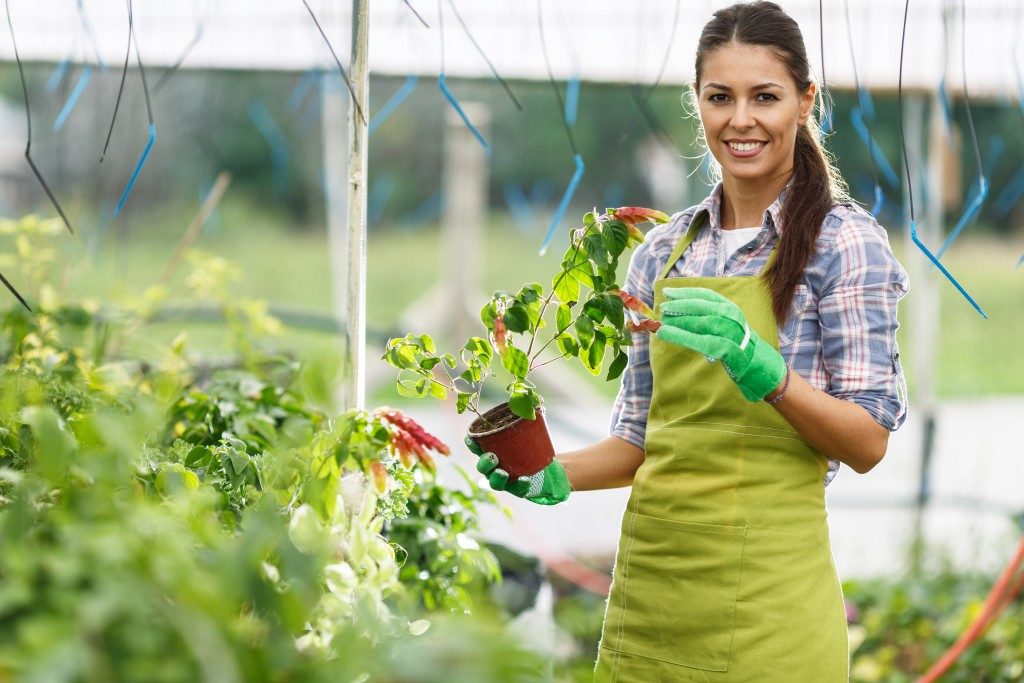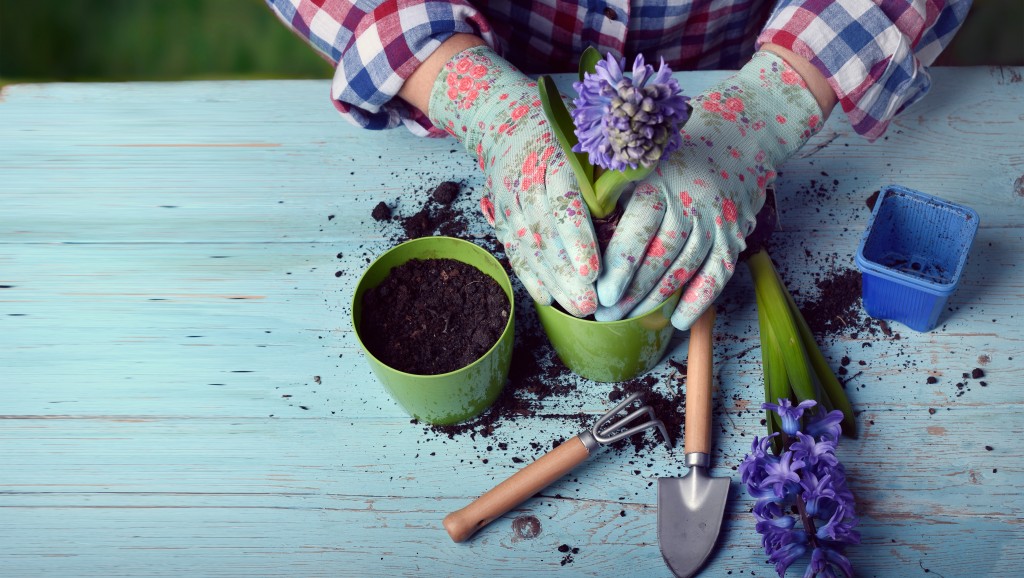- Growing your backyard vegetable garden can save money and produce fresh produce.
- Start by choosing the right location, soil type, and vegetable varieties.
- Consider installing a hoop house to extend your growing season and protect your plants.
- Water and fertilize regularly, control pests and diseases, and follow proper gardening techniques for a successful harvest.
- Gardening can also be a therapeutic and enjoyable activity that helps you connect with nature.
Do you love eating fresh, organic produce but feel that you can’t afford to buy them on a regular basis? Then, growing your backyard vegetable garden might be the perfect solution. It’s a great way to save money and a fun and rewarding activity that can help you achieve your health goals. This article will show some tips and tricks for cultivating your backyard vegetable garden.
Why Start a Vegetable Garden?
Owning a vegetable garden has many benefits, such as having fresh produce year-round. Imagine picking your own ripe and juicy tomatoes, cucumbers, or peppers straight from the vine. Not only do they taste better than store-bought versions, but they are also free of pesticides and other harmful chemicals.
Many people also find gardening a calming and therapeutic activity, helping them reduce stress and connect with nature. Plus, it’s a great way to get some exercise and vitamin D while being outdoors.
Things to Consider
Before you start planting, here are a few things to consider:
Choose the Right Location and Soil Type
The first step towards a successful backyard vegetable garden is choosing the right location and soil type. Vegetables require at least 6-8 hours of direct sunlight each day, so pick a sunny spot in your garden. Your soil should be rich in nutrients and have good drainage. You can always use raised beds or containers if your soil is not ideal for growing vegetables. You can also add some compost and organic fertilizer to boost soil fertility.
Choose the Right Vegetable Varieties

The next important step is choosing suitable vegetable varieties. Look for vegetables well suited to your climate and have a short growing season. You can also select disease-resistant types to avoid common problems like blights and mildew. Some of the easiest vegetables to grow are tomatoes, cucumbers, lettuce, peppers, and beans. If you have limited space, consider increasing vertically using trellises or cages.
Install a Hoop house
A hoop house is a type of greenhouse that uses a curved frame covered in plastic to create a warm and protected environment for your plants. Installing a hoop house in your backyard vegetable garden can help you extend your growing season, protect your plants from pests and weather, and grow vegetables out of season. You can also use your hoop house to grow herbs and flowers.
Water and Fertilize Regularly
Vegetables need regular watering and fertilizing to thrive. Water your plants deeply and regularly to prevent drought stress. You can use a soaker hose or drip irrigation system to deliver water directly to the roots. Fertilize your vegetables with organic compost or fertilizer every few weeks to give them the nutrients they need to grow. Be careful not to over-fertilize, as this can harm your plants.
Control Pests and Diseases
It’s important to control pests and diseases in your backyard vegetable garden. You can start by adequately spacing your plants to allow for good air circulation and using mulch to prevent weed growth. You can also use natural pesticides like neem oil or insecticidal soap to control common pests like aphids or caterpillars. In case of diseases, prune affected plant parts and remove them from your garden.
Tips for a Successful Harvest

Here are some additional tips to help you have a successful harvest from your backyard vegetable garden:
- Start small and gradually expand your garden as you gain experience.
- Follow the instructions on seed packets or plant labels for proper planting depth and spacing.
- Keep an eye out for any signs of pests or diseases and take action promptly to prevent them from spreading.
- Consider companion planting to improve pollination, attract beneficial insects, and deter pests.
- Harvest your vegetables when they are ripe and at their peak flavor for the best taste experience.
The Bottomline
Growing your backyard vegetable garden can be a rewarding and satisfying experience. By following these tips and tricks, you can create a thriving garden with fresh and nutritious produce throughout the year.
Remember to choose the right location and soil type, choose suitable vegetable varieties, install a hoop house, water and fertilize regularly, and control pests and diseases. With a little effort and patience, you can enjoy a bountiful harvest of homegrown vegetables all year round.


